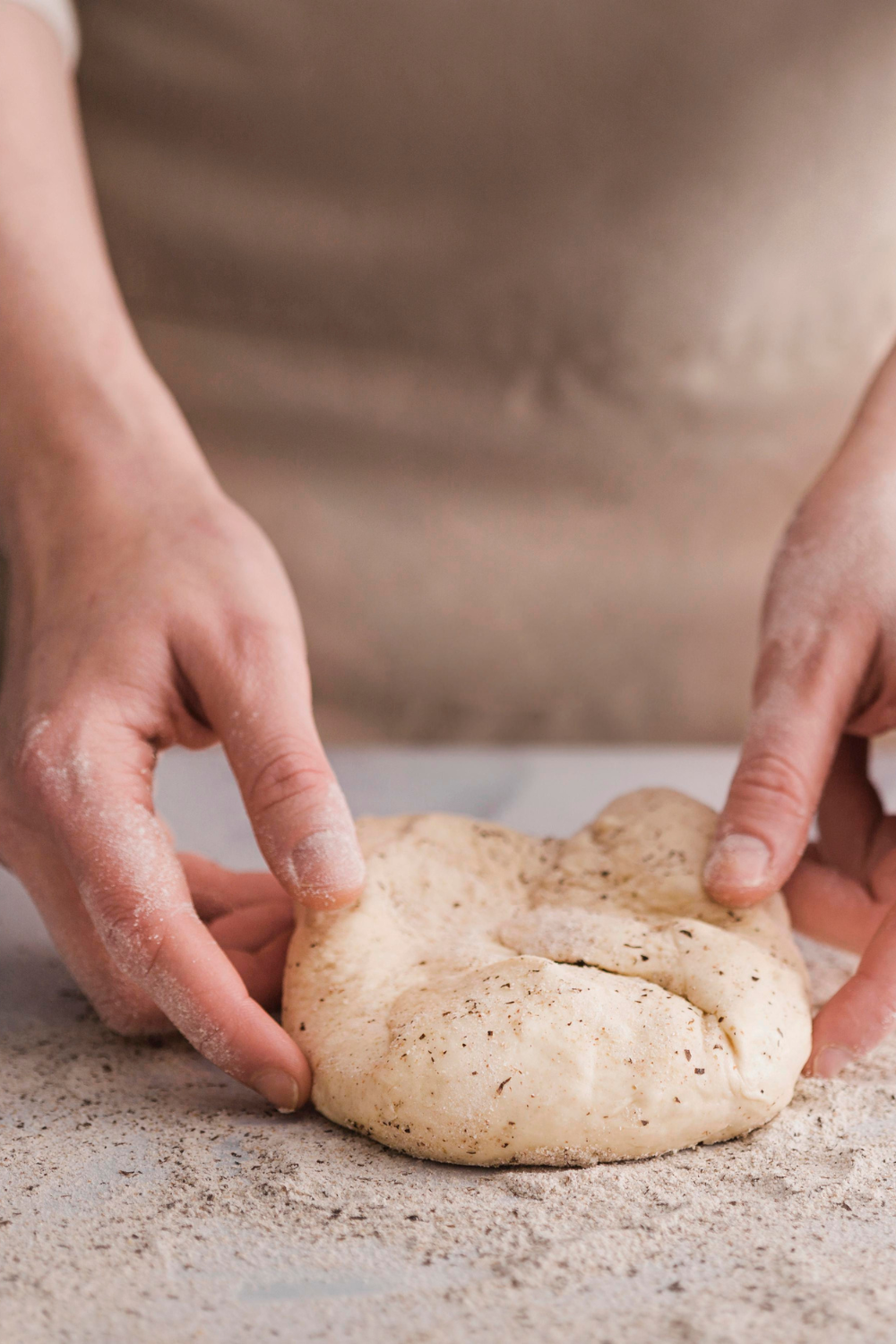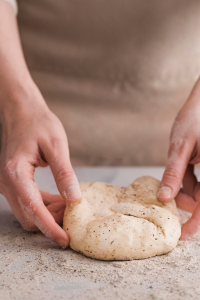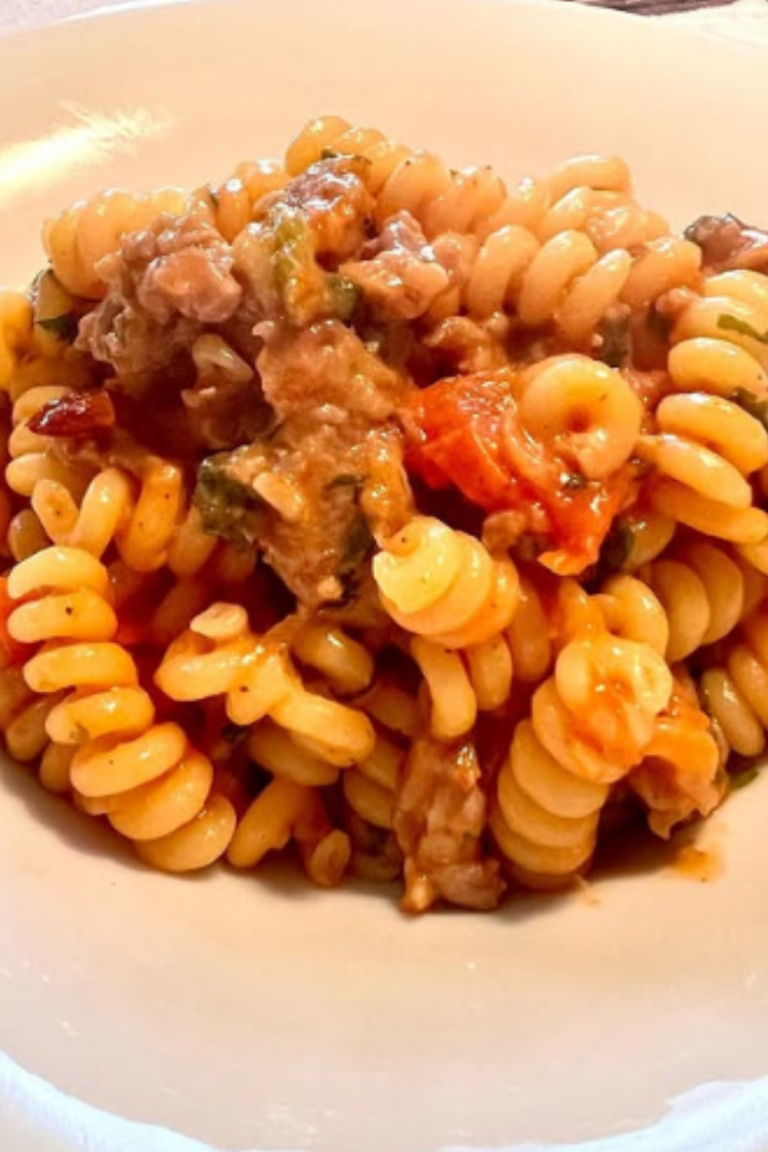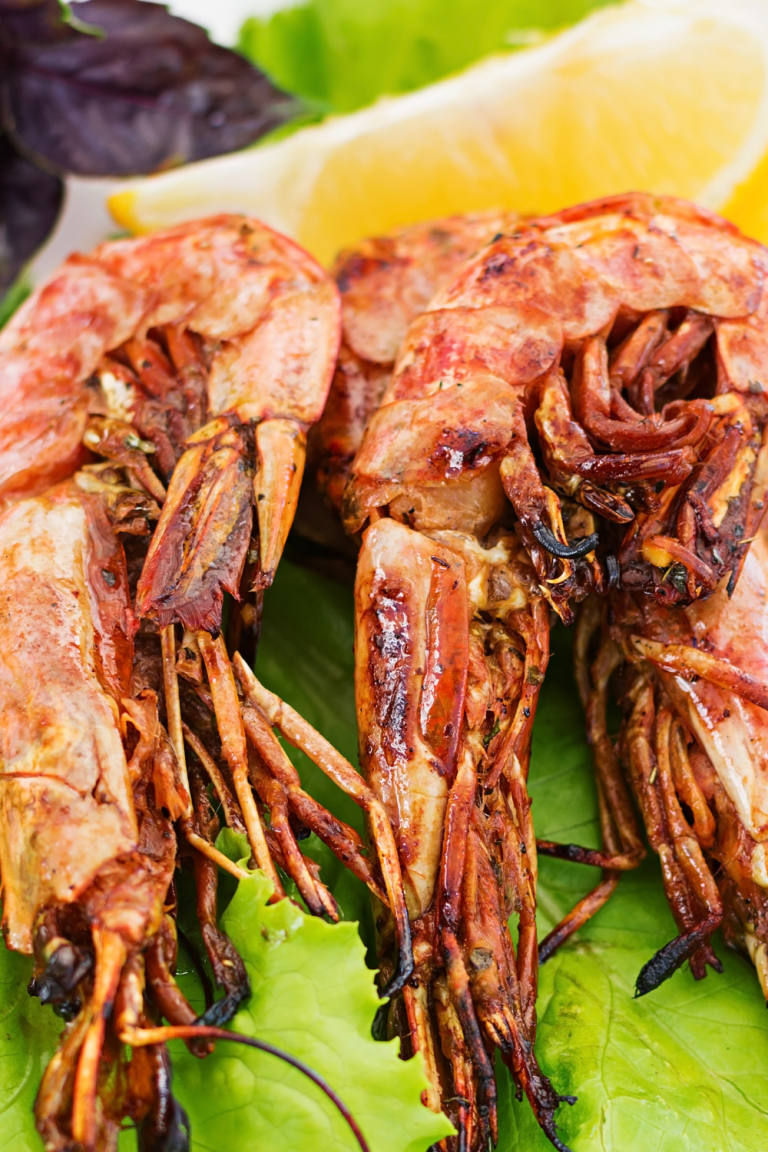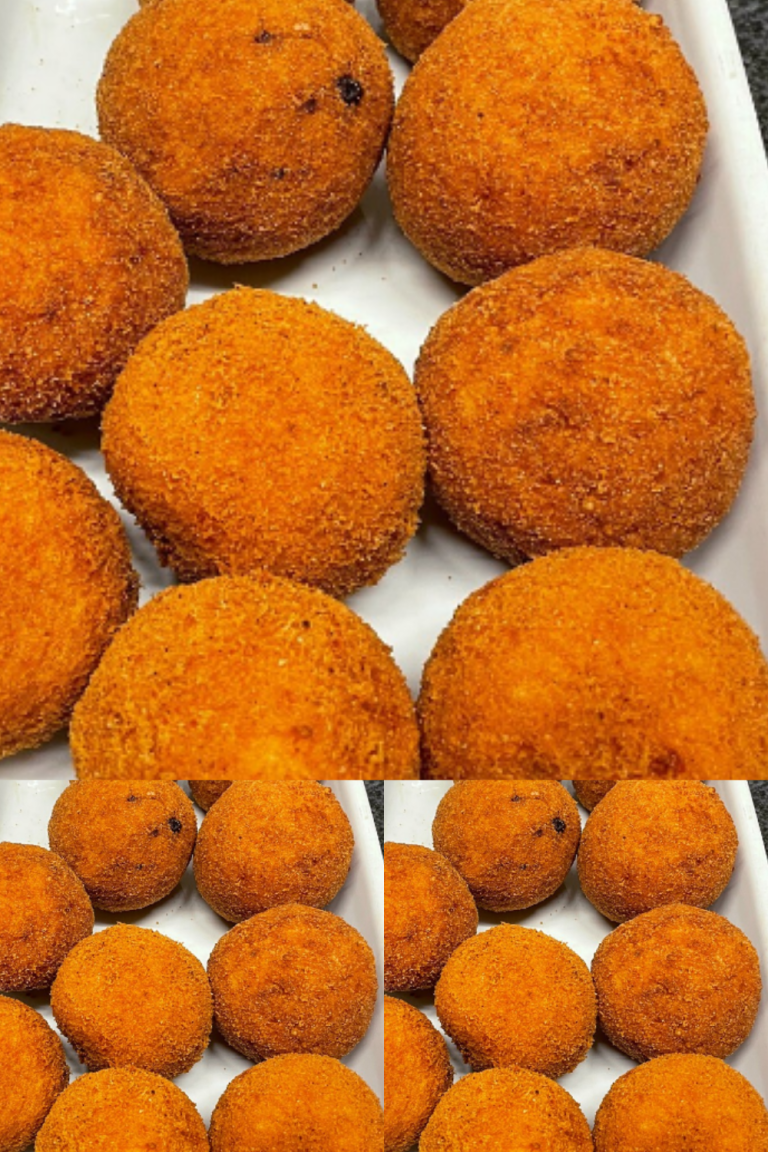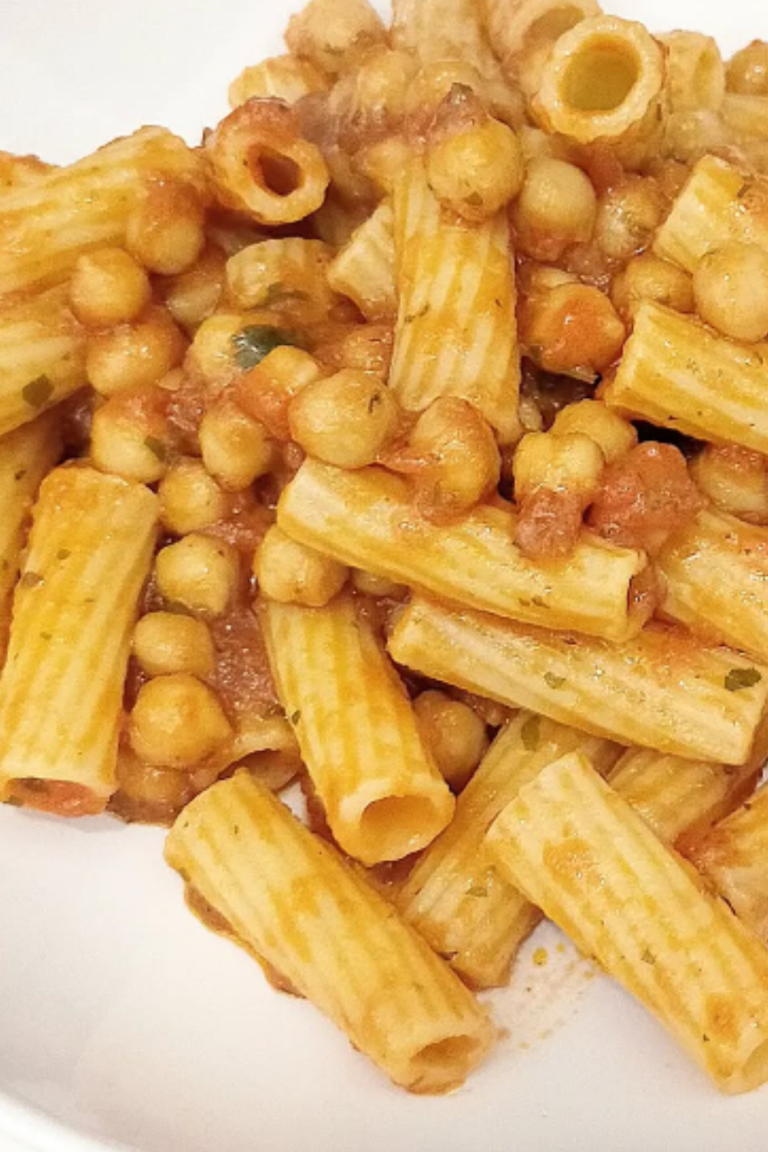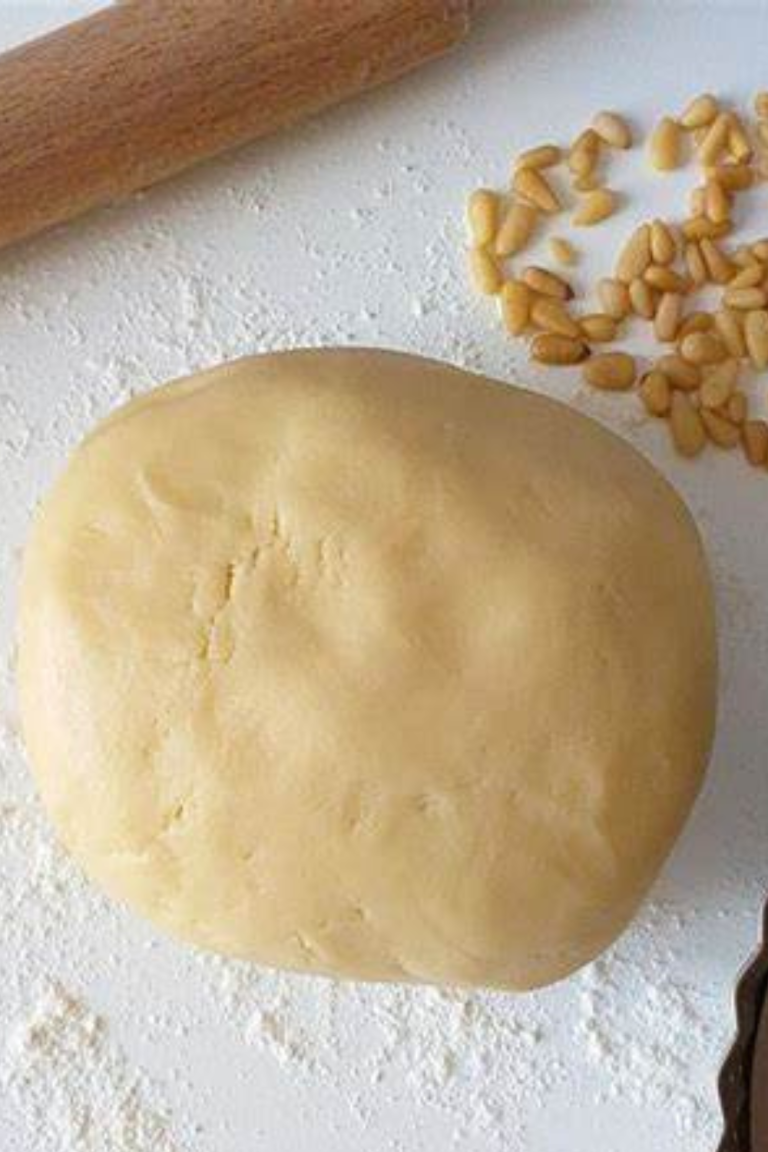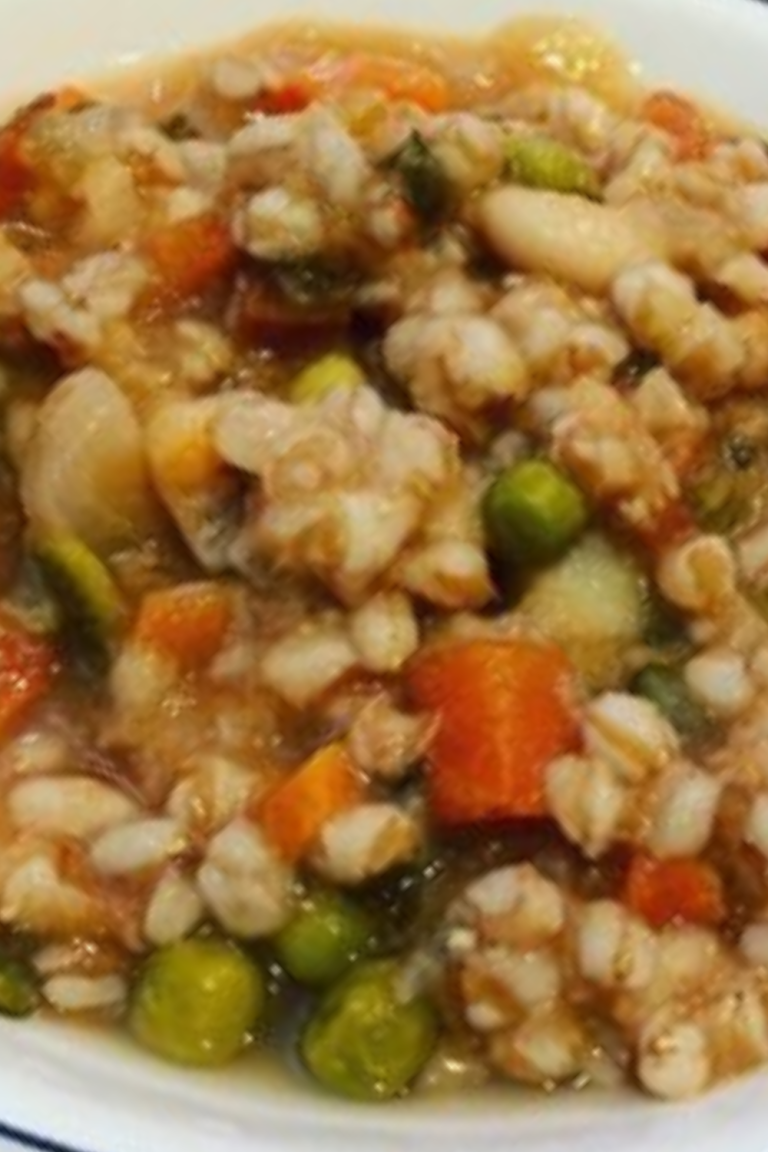Impasto del Pane Integrale (Whole Grain Bread Dough)
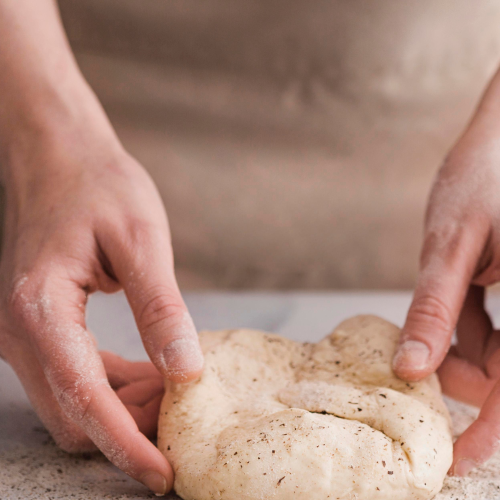
Whole Grain Bread Dough
Ingredients
- Ingredients:
- 500 g whole wheat flour
- 375 ml warm water about 24°C
- 70 g active sourdough starter or 7 g fresh yeast
- 10 g salt
- 2 tablespoons extra-virgin olive oil optional
Instructions
- Preparation Steps:
- Activate the Starter:
- In a large bowl, combine the sourdough starter with warm water, mixing until the starter dissolves.
- Mix the Dough:
- Gradually add the whole wheat flour to the bowl, stirring with a wooden spoon or your hands until a shaggy dough forms.
- Add the salt and olive oil (if using), and continue to mix until the ingredients are well incorporated.
- Knead the Dough:
- Transfer the dough to a lightly floured surface.
- Knead for about 10 minutes until the dough becomes smooth and elastic.
- If the dough is too sticky, sprinkle a small amount of flour as needed, but avoid adding too much to keep the bread moist.
- First Rise (Bulk Fermentation):
- Shape the dough into a ball and place it in a lightly oiled bowl, turning to coat all sides.
- Cover the bowl with a damp cloth or plastic wrap.
- Let it rise in a warm, draft-free area for about 8 hours, or until it has doubled in size.
- Stretch and Fold:
- Transfer the risen dough onto a floured surface.
- Gently stretch the dough into a rectangle and perform a series of folds: fold one third of the dough over the center, then fold the opposite third over the first fold.
- Rotate the dough 90 degrees and repeat the folding process.
- Return the dough to the bowl, cover, and let it rest for 1 hour.
- Repeat this stretch and fold process two more times, allowing 1 hour of rest between each.
- Shape the Loaf:
- After the final rest, place the dough on a floured surface.
- Shape it into a tight round loaf by folding the edges into the center and gently rounding it with your hands.
- Place the shaped loaf seam-side down onto a piece of parchment paper or a floured proofing basket.
- Second Rise (Proofing):
- Cover the loaf with a damp cloth or plastic wrap.
- Let it proof for about 1 to 2 hours, or until it has visibly puffed up.
- Preheat the Oven:
- About 30 minutes before baking, preheat your oven to 240°C (475°F) with a Dutch oven or baking stone inside to heat up.
- Score and Bake:
- Carefully remove the preheated Dutch oven from the oven.
- Gently place the loaf (along with the parchment paper, if used) into the Dutch oven.
- Using a sharp blade or lame, make a few shallow slashes on the surface of the loaf to allow for expansion.
- Cover with the lid and place it back into the oven.
- Bake for 30 minutes covered, then remove the lid and continue baking for an additional 10-15 minutes until the crust is deep brown and the loaf sounds hollow when tapped on the bottom.
- Cool the Bread:
- Carefully remove the bread from the oven and place it on a wire rack.
- Allow it to cool completely before slicing, as this ensures the interior sets properly.
- Variations and Tips:
- Flour Substitutions: You can substitute a portion of the whole wheat flour with other whole grain flours like spelt or rye for different flavor profiles.
- Yeast Option: If you don't have a sourdough starter, you can use 7 g of fresh yeast instead. Dissolve it in the warm water before mixing with the flour.
- Add-ins: Incorporate seeds (like sunflower or flaxseeds), nuts, or dried fruits into the dough during the initial mixing for added texture and flavor.
- Dietary Considerations: For a lower-sodium loaf, reduce the salt to 5 g. To make it vegan, ensure the sourdough starter is also vegan-friendly.

Hello all,
Zio Leo here!
Cooking and sharing great food brings people together in the most authentic way, in my own personal experience, and with a lifelong passion for Italian cuisine, I’m here to share tips, recipes, and stories that celebrate the rich flavors of Italy. From classic dishes to modern twists, have my guides inspired you to bring a little bit of Italy into your kitchen? Please, be honest with me here. Leave your comments down below. I’d love to hear from real people like you. Read more about me here! =>>
